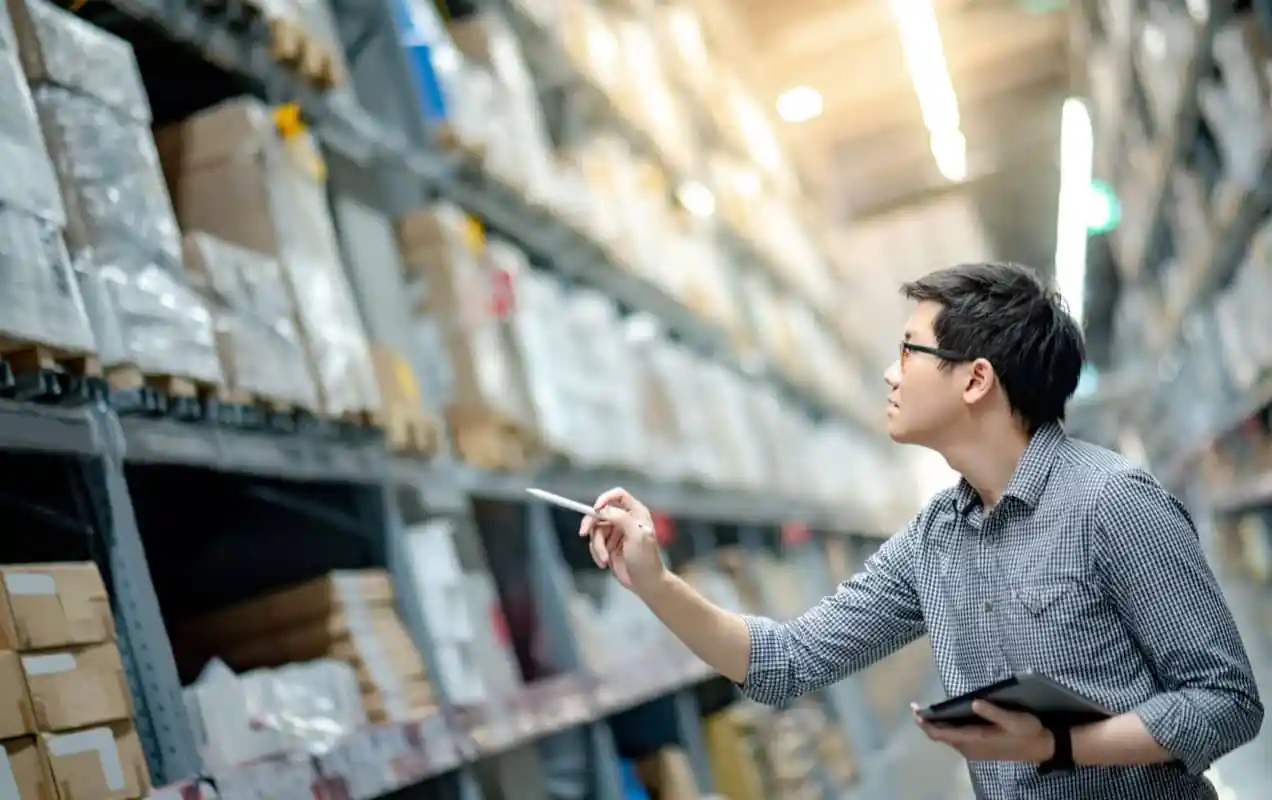Everyone knows that the omnipresent BARCODES printed on every single package on sale provides complete information about the product for the manufacturer, vendor and customer.

It has become obvious these days that without using barcode technology, no retail business can function smoothly and effectively. There are a lot of benefits barcodes can hold for retailer with some of them being it makes business processes and operations easier. Barcode scanners are helpful to automate businesses thereby helping traders save a large amount of time, resources and money which in turn improve the profit margins.
With technology equipping consumers to scan the barcodes to understand the information embedded in it, they can’t be taken for granted by retailers by providing false information on the packages. These mobile devices grant consumer access to information about the products from the barcodes such as location, date and ingredients of the product. For food items, these details are rather most important to consumers.
While manufacturing date is obviously important for all food and health items to understand the lifespan, for non-food categories such as electronic or fashion items, consumers would want to know some key product information along with manufacturer’s location and facility.
With consumers demanding more information through barcodes, simple barcodes or 1D barcodes, the black and white stripes that are pasted on most of the objects for sale, have become inadequate to hold on large amount of data. 2D barcodes, which contain rectangles or squares embedded with many small dots.
As a rough estimate, barcodes are being scanned daily for more than five billion times at various Point of Sale counters across the globe. In 1974, Barcodes were first printed on Wrigley’s Juicy Fruit chewing gum pack at a shop in the U.S. Since then, barcodes have revolutionized the retail sector across the globe, allowing point of sale persons to attend to more customers by billing faster, while streamlining logistics and storage businesses.
Shoppers want greater transparency while buying a product and retailers need technology to help product recalls, inventory management and fight counterfeits. Fakes, commonly known as ‘knock-offs’, have been a growing concern for retailers particularly in the electronicsour and garment sectors.
The basic barcode technology is simply not enough to fight against counterfeits. This means, increase in overhead cost for re-sellers and brands to sophisticate packaging and invest in new technology.
With smartphones coming with barcode scanners and apps, consumers increasingly want to read barcodes online, or with an app such as one that measures blood pressure and calories. Using such smart devices, retailers can quickly locate and recall faulty items or about-to-expire products in just a click of a button.
From the black and white zebra lines, barcodes have also graduated to pixilated squares known as Quick Response (QR) Codes. While these codes can store more data and can be scanned by a smart phone camera, it can still not be picked up by the majority of scanners at stores.
Barcodes have been helping many industries to improve business operations, healthcare delivery, event security, air travel and many more. However, with the rise of other automatic identification and data capture technologies, the barcodes are being threatened. However, this doesn’t mean that barcodes are going to be extinct in the near future. But there will surely be a makeover. Can we call it barcode version 2.0?



